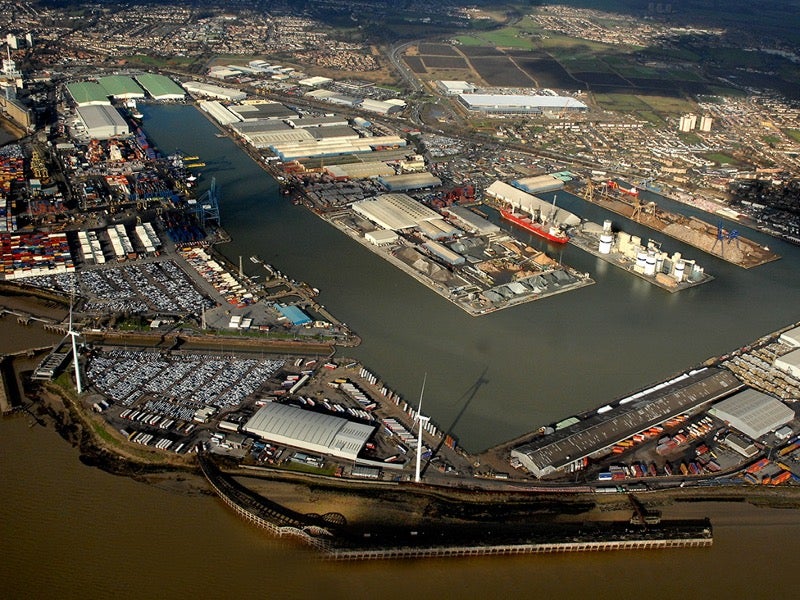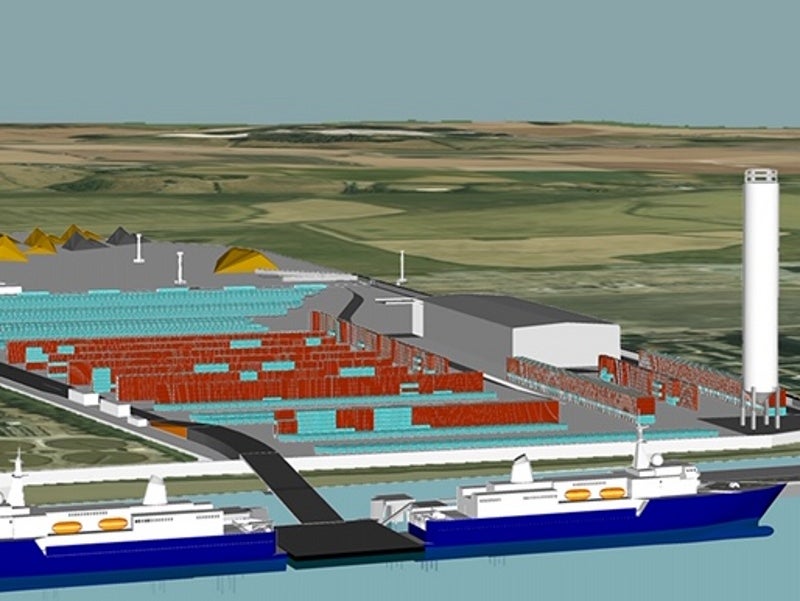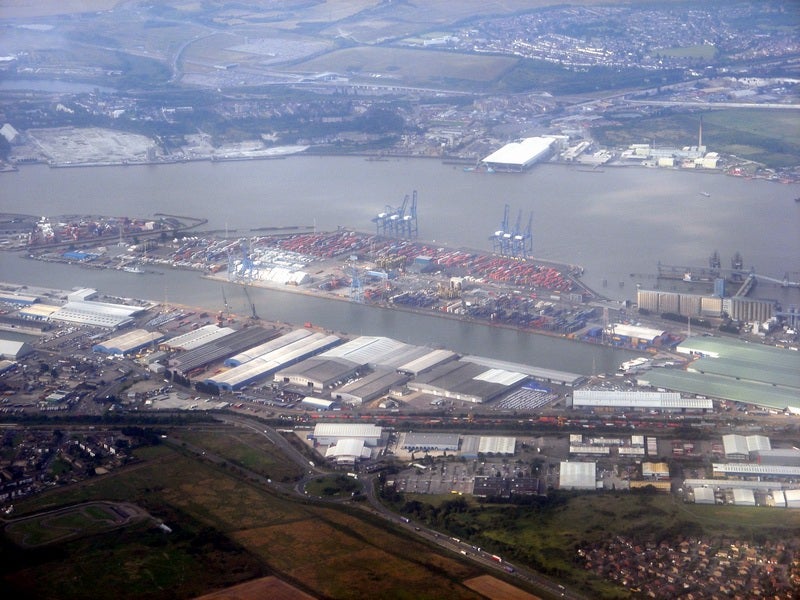Tilbury2 is a proposed new port terminal located at the Port of Tilbury in England, UK. It will become the country’s biggest port for unaccompanied freight services and a major hub for construction processing services upon completion.
Port of Tilbury, which is owned by Forth Ports, submitted the application for development consent order (DCO) for the new terminal project to the Planning Inspectorate in December 2017. The Secretary of State for Transport approved the same in February 2019.
With construction scheduled for 13 March 2019, the terminal is expected to be completed by mid-2020.
The project is part of the Port of Tilbury’s £1bn ($1.3bn) investment programme planned for expansion of the port during 2012-20. Terminal construction is estimated to cost £200m ($265.7m).
Tilbury2 port terminal location and facilities
Tilbury2 will be built on the former 150-acre Tilbury power station site, located approximately 1km to the east of the existing port. The proposed site is situated next to Forth Ports’ existing 930-acre site in Thurrock in Essex county.
The project will involve the construction of a roll-on/roll-off (RoRo) ferry terminal on the southern part of the site for imports and exports of containerised and trailer freight to northern Europe. It will feature an approach bridge, a linkspan bridge, a floating pontoon, footway link bridge, and seven mooring dolphins.
A single-storey warehouse at the terminal will be built on a 3ha site for multi-modal transhipment of steel. The building will replace the current maritime terminal warehouse at the Port of Tilbury port upon completion.
The RoRo berth will have the capacity to accommodate two vessels a day or handle 1,452 movements a year, while the annual combined import and export handling capacity will be 170 aggregate ships, equating to 340 movements a year.
A construction materials and aggregates terminal (CMAT) will be built towards the northern side of the project for importing, processing, manufacturing, and distributing construction materials.
The new terminal will also have external storage areas for a variety of freight.
Infrastructure development at Tilbury2
The Tilbury2 development plan includes the creation of new road and rail links to improve access to the port. A new rail terminal and rail sidings will be built to allow movement of a major portion of the materials from the CMAT and RoRo by train. The rail terminal will have the capacity to accommodate freight trains measuring up to 775m-long.
It also involves re-routing of the existing Riverside Railhead to the Tilbury2 site and construction of a road link connecting Ferry Road and Fort Road with provision for cyclists and pedestrians.
Tilbury2 will also involve improvements to the Asda roundabout on the A1089 route, which is situated towards the west of the site.
The existing deep-water jetty on the river frontage in the Thames is planned to be extended for better handling of aggregate and RoRo ships.
The new port terminal is expected to accommodate approximately 3,000 vehicles a day.
Contractors involved
GRAHAM, an engineering and construction company based in the UK, was awarded a contract by the Port of Tilbury to deliver both terrestrial and marine services, including highway works, a fixed structural steel bridge to the linkspan, floating pontoon, link-span / articulated bridge, and pilings.
P&O Ferries will assist the Port of Tilbury to develop the RoRo ferry terminal.
Tilbury2 terminal benefits
Tilbury2 will support the expansion of the Port of Tilbury, which is a major port in the UK, and drive local and regional economies by creating employment opportunities.
The new facility will allow the Port of Tilbury to meet the increasing demand for construction materials, commercial ferry traffic, imported and exported cars, and steel between the UK and the rest of Europe.




